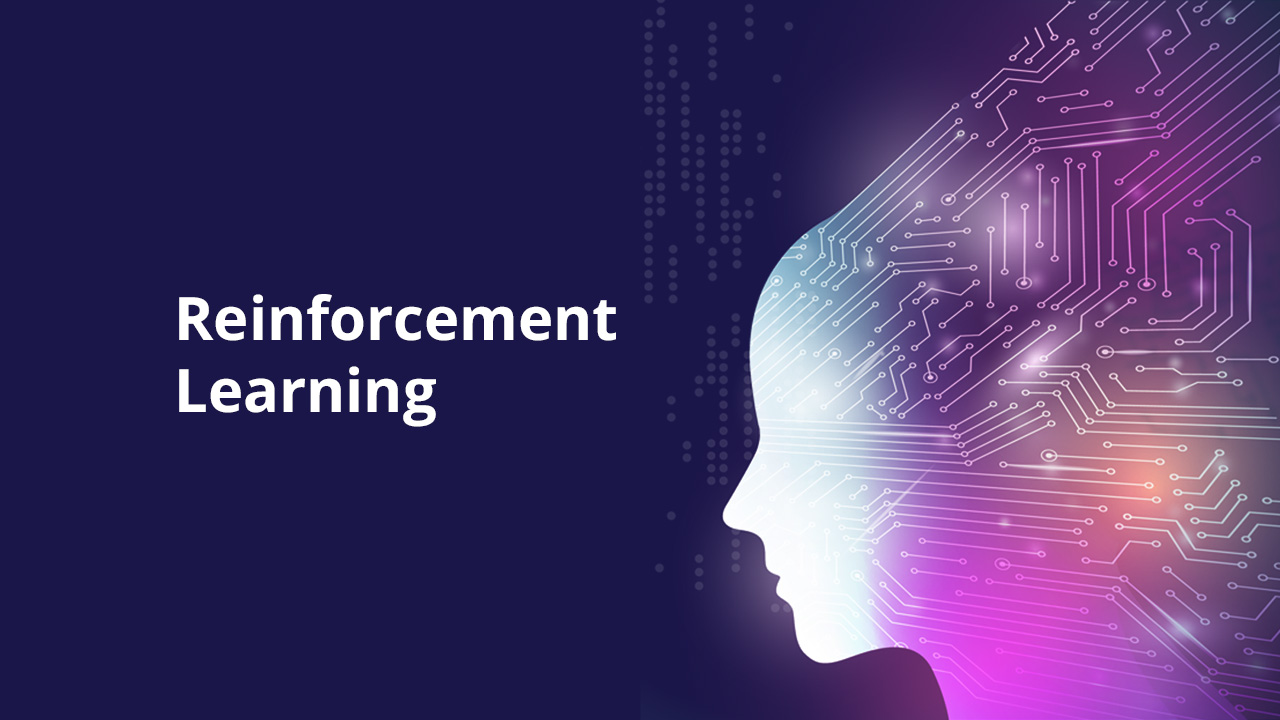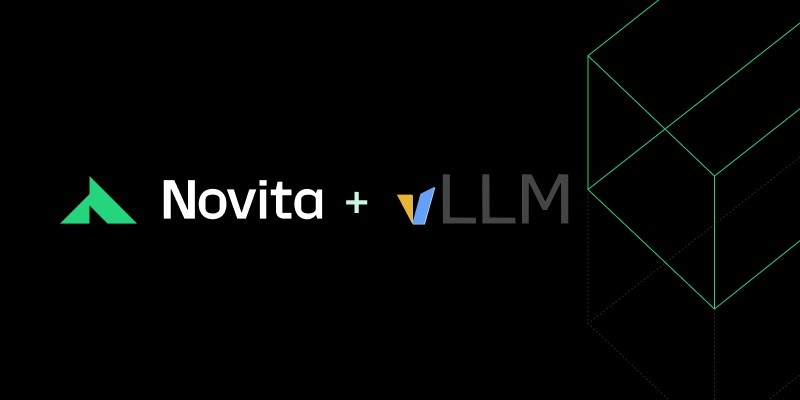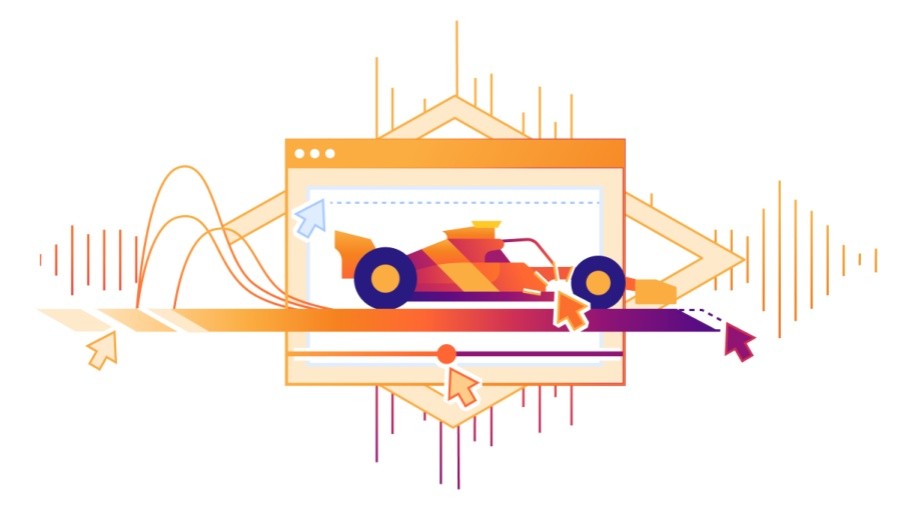
Reinforcement learning (RL) is a machine learning method that is mainly used to train agents to make decisions through interaction with the environment. Through the mechanism of rewards and punishments, reinforcement learning helps agents learn optimal strategies to achieve long-term goals.
Agent : A subject that takes actions in the environment with the goal of maximizing cumulative rewards.
Environment : The external system that the agent interacts with. The agent makes decisions based on the state of the environment.
State (State, S) : The specific situation of the environment at a certain moment, usually expressed as one variable or a combination of multiple variables.
Action (A) : The operation or behavior taken by the agent in a certain state.
Reward (R) : After the agent takes an action, the environment gives feedback, usually a numerical value, indicating the quality of the action.
Policy (π) : A rule or model for an agent to choose actions based on the current state.
Value Function (V) : Measures the expected reward that an agent can obtain in the future under a certain state.
Q-value (Q-Function) : Indicates the expected total reward for taking a certain action in a certain state.
Environmental feedback : The agent selects an action based on the current state at each step, and the environment provides feedback on the action, giving rewards and new states.
Learning and updating : The agent adjusts its strategy based on the rewards it receives, making future decisions more beneficial. This process is based on the balance between exploration and exploitation.
Explore : Try new actions to discover more rewards.
Exploit : Choose optimal actions based on current knowledge.
Optimization goal : The goal of the agent is to maximize the cumulative reward (Cumulative Reward) , usually through a discount factor to weigh short-term and long-term rewards.
Q-learning : A value-based offline learning algorithm. The agent learns the optimal strategy by updating the Q value (the value of the state-action pair).
Deep Q Network (DQN) : Combined with the Q learning method of deep learning, a neural network is used to approximate the Q value function and is applied to complex environments.
Policy Gradient : Directly optimize the policy itself instead of optimizing decisions through a value function.
Monte Carlo Methods : Update strategies and value functions based on recovering complete sequence data from experience.
Temporal difference learning (TD Learning) : combines the advantages of dynamic programming and Monte Carlo methods for estimation and learning.
Games : Reinforcement learning has achieved remarkable success in games, such as AlphaGo and OpenAI’s Dota 2 AI, which learn super-powerful strategies through interaction with the environment.
Robot control : used to train robots to perform complex tasks, such as grabbing objects, walking, navigation, etc.
Autonomous driving : Reinforcement learning is used for decision-making and path planning of autonomous vehicles, helping agents learn how to drive in complex traffic environments.
Recommendation system : Through user behavior data, the recommendation system can continuously optimize the recommendation strategy through reinforcement learning and improve user satisfaction and interaction.
Financial trading : In the stock market or other financial markets, reinforcement learning can help optimize trading strategies, asset management and risk control.
Reinforcement learning is a powerful and flexible machine learning method that can learn optimal strategies through interaction with the environment. It is widely used in games, robots, autonomous driving, recommendation systems and other fields. Despite challenges such as sample efficiency, stability, and long-term dependence, as technology advances, the application of reinforcement learning will become broader and deeper.



